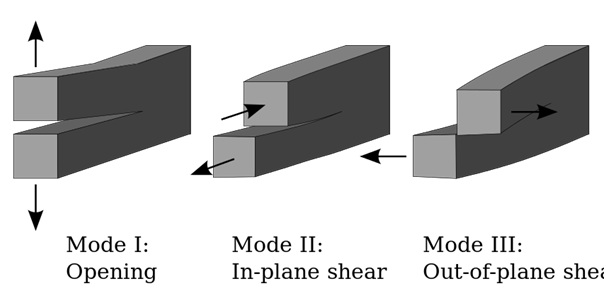Surface Preparation for Bonding: The Essentials
The key to successfully bonding metals is in the preparation, as once you put in the groundwork you should be rewarded with great results. Surface preparation ensures that the bond will be good but different methods are needed for different metals. This is the essential first stage of treating a surface so that any coating will successfully adhere to the material.

Even the smallest amounts of contaminants such as oil, grease or oxides can have a negative impact on how well the bond takes, according to the National Physical Laboratory. Some substances such as chlorides and sulphates which are not easily seen can attract moisture, so these will also affect the efficiency of bonding. Surface preparation needs to be thorough, and hot dip galvanising or blast cleaning are effective for many metals.
Different Cleaning Methods
Degreasing the surface by using solvents such as acetone, methyl alcohol or trichloroethylene will get rid of loose dirt and other contaminants. Usually this consists of cleaning the metal in a bath of the particular solvent, followed by rinsing and drying.
Abrasion through sand blasting, wire brushing or with sandpaper is a good way to get rid of surface dirt or other contaminants, meaning the surfaces can then be degreased and cleaned to get rid of further elements.
Chemical treatments are also widely used because they change the physical and chemical properties of the surface, which improves the adhesion. The chemical bath is heated to the correct temperature and the object is immersed in it, rinsed and then dried. Obviously special care needs to be taken when using chemicals.
Finding the Right Adhesive
A final check will make sure that the surface is free from dust or any other loose particles before the metal bonding adhesives are applied. There are many adhesives on the market, including silicone, polyurethanes, epoxies and UV cures which offer different degrees of heat resistance as well as resistance to shock, vibration or impact. They may also be water proof or fire resistant if necessary. To see a full range of products on the market, visit http://www.ct1ltd.com/en/metal-to-metal-adhesive.html.
In conclusion, when using an adhesive you need to consider which surfaces are to be bonded, the size of the material, strength of the bond and whether it is a rigid or flexible bond.


